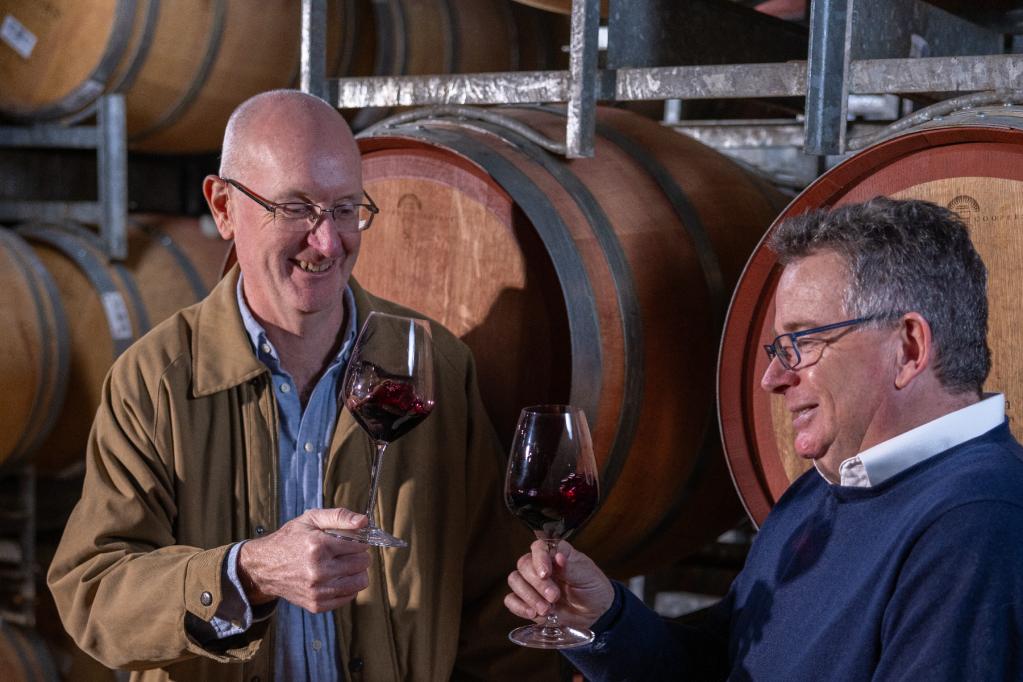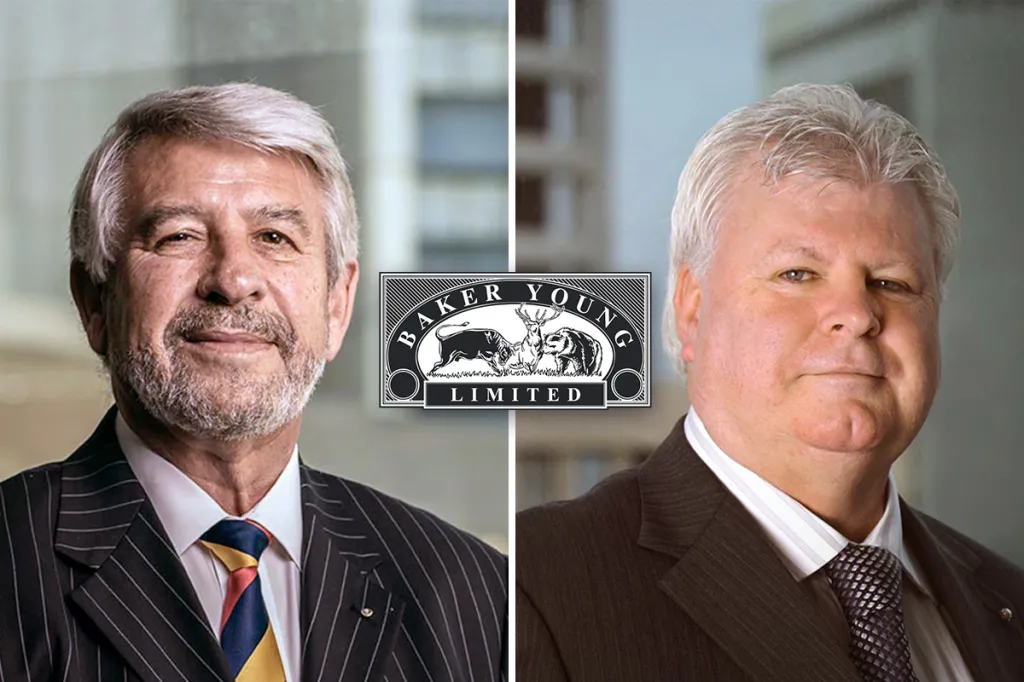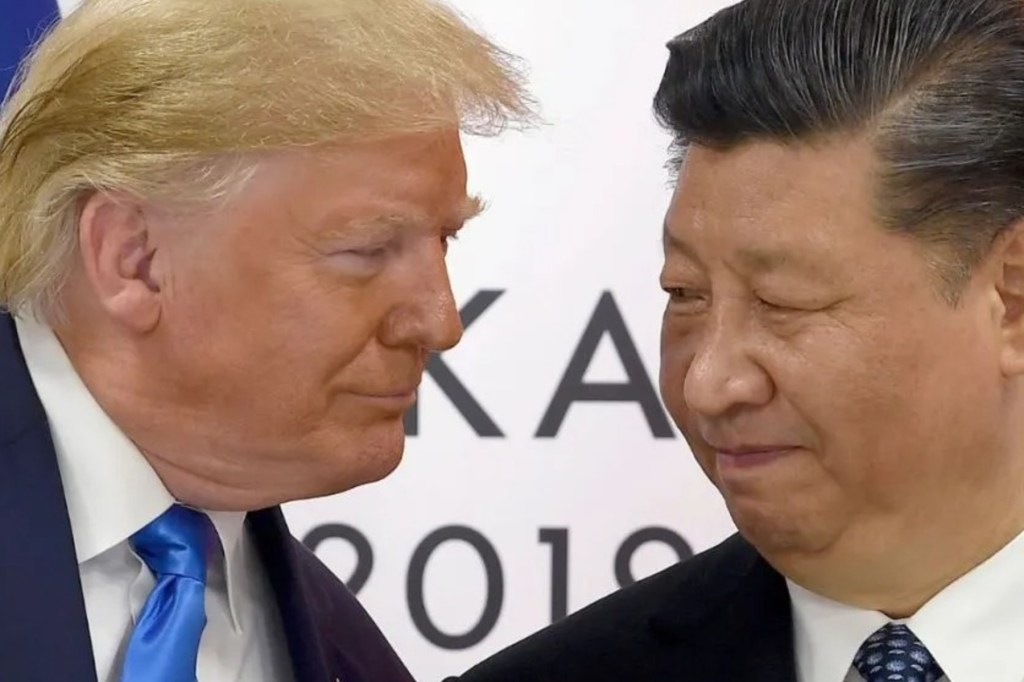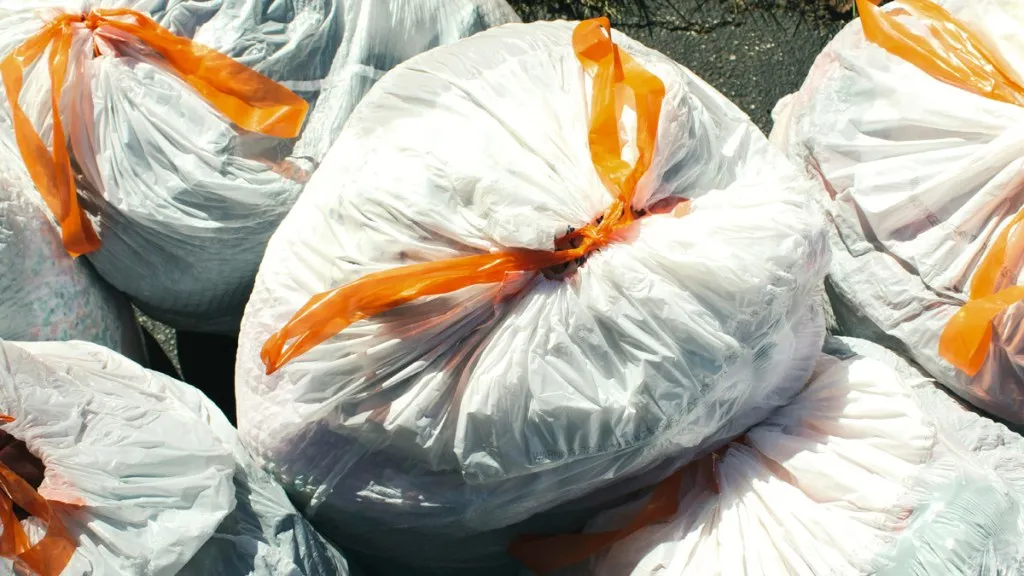The future of Taylors Wines
Hours after a potential acquisition by Taylors Wines was reported, InDaily spoke with managing director Mitchell Taylor, who cleared up what the future of the brand looks like and addressed whether lower-cost labels were on his radar.

Last week, the Australian Financial Review reported Taylors Wines was “considering” the acquisition of several brands divested by Treasury Wine Estates, including South Australia’s Wolf Blass brand, Yellowglen, Lindeman’s and Blossom Hill.
While managing director Mitchell Taylor said there is “certainly a consideration” to acquire brands such as these when they enter the market, Taylors Wines was “not actively putting forward an offer to purchase any TWE labels that were recently put on the market”.
Speaking to InDaily the same day, Taylor said the company had other priorities.
“We have respect for some of those brands, we love the heritage of Lindemans, really love the heritage of Wolf Blass, but I have to say on the other side we understand what it is like to maintain a brand, and you’ve got to consistently invest money over a long period of time,” Taylor said.
“So sometimes, you see it over a period of my time in the industry, where you do see that there is a lot of brand equity that is lost due to the consistent and active pricing promotions that can lead you on the downward spiral, as we say.”
The brands divested by Treasury Wine Estates were in its commercial portfolio, costing below $10 a bottle. This portfolio is not part of Taylors Wines label currently, with its cheapest wines in the $15 to $20 range.
“It takes a lot of effort and investment to build up brand equity, but if you look at the short-term nature of things, you can quickly destroy the brand equity by just pushing it via the price discount philosophy,” Taylor said.

Mitchell Taylor with the brand’s Shiraz which was recently recognised at an international competition. Photo: supplied
You might like
While not making any offers for those particular brands, Taylor accepted “you have to look at some of these assets” when they are on the market.
“There’s a lot of assets that are on the market, but to be frank about it we do get concerned about the volume gain, and the low margins.
“Once you start to get into that part of the market, it’s very hard to spend the marketing dollars in elevating the brand, and you are sometimes competing against your customers.
“Quite often at that pointy end of the market, the big retailers and supermarkets acquire the wine directly.
“That’s another reason why we probably don’t look to pursue those sort of opportunities.”
The Taylor family first established their Clare Valley winery in 1969, with Mitchell Taylor saying “about a third” of the company’s production is now exported, with China having been its main market before tariffs were introduced in 2020.
“We are focused on our premium wines, that is a key part of our strategy. And what was nice about the Chinese market was they were very interested in our finest wines.
“We’ve got a legacy wine that we sell for about $1000 a bottle, and that’s a very rare, small batch, but we were getting great interest for that particular wine in China.
“That part of the portfolio was very exciting.”
China lifted its crushing tariffs on Australian wine exports five months ago, though Taylor said it was “still very early days” for the company as it returns to the market.
Stay informed, daily
“We have sent some containers up there, which is encouraging, we’ve established some new relationships with a new importer, and we’re really starting to build up new relations with some of the sub distributors.
“At the moment it’s probably a bit early to say how things are going, in that the market has changed dramatically from what it was three years ago. So, we’re going in there with an optimistic yet cautious approach of building the distribution channels up properly, and spending the right amount of energy to try to re-establish the great reputation that our brand has over there in the China market.
“I think we’ve got to be very clear that while this is positive news for the industry, it’s not going to be the silver bullet that will solve the high red stock levels that the industry currently has.
“We’re nearly at a three-to-one ratio of stock levels to sales of red wine.”
On top of the oversupply which is impacting growers around the state, Taylor said the season had been “one of the driest on records” for the company’s vineyards, comparing it to 50 plus seasons they had mapped out.
“You’ve got no moisture from the winter in your sub soils that can help protect you when you get these cold periods,” he said.
“Going forward of course, that means you’ll probably have lower yields coming into the important ripening stages.
“We need plenty of rain to not only help us through the risky frost period, but also to set up the vineyards so they’re in a good, healthy ripening pattern as we lead into Vintage 2025.”

Taylors Wines’ Jaraman Shiraz was awarded Champion Red Wine Trophy at the VINUS International Wines & Spirits Competition. Photo: supplied
Despite the industry’s challenges, Taylors Wines is prevailing, having this month been awarded the Champion Red Wine Trophy at the VINUS International Wines & Spirits Competition, with its $34 Jaraman Shiraz 2022, with four of its wines in the competition’s top 10.
“That’s not only a win for us as a family business, but very important for the Clare Valley region,” Taylor said.
“I think we [Australia] are currently known as having great value for money wines, but I think these competitions help highlight that we’re absolutely world class and amongst the best in the world.”
So what does the future look like for Taylors Wines? Well, Taylor said the release of its new Aromantiques collection – a GSM, Rosé, Chardonnay and Pinot Gris at $30 each – was an indication.
“That’s really packed in beautiful sort of, perfume bottles. And that’s really designed for the young, female wine consumer.
“That’s another challenge for the industry at the moment, is we’re getting great support from our, say baby boomer customers. The wine industry, and a brand like Taylor’s Wines, has a really strong heritage reputation.
“It’s really trying to find more contemporary, fun styles like Tailor Made and Aromantiques that will attract our younger customers.
“That’s a bit of the philosophy of the business going forward.”








